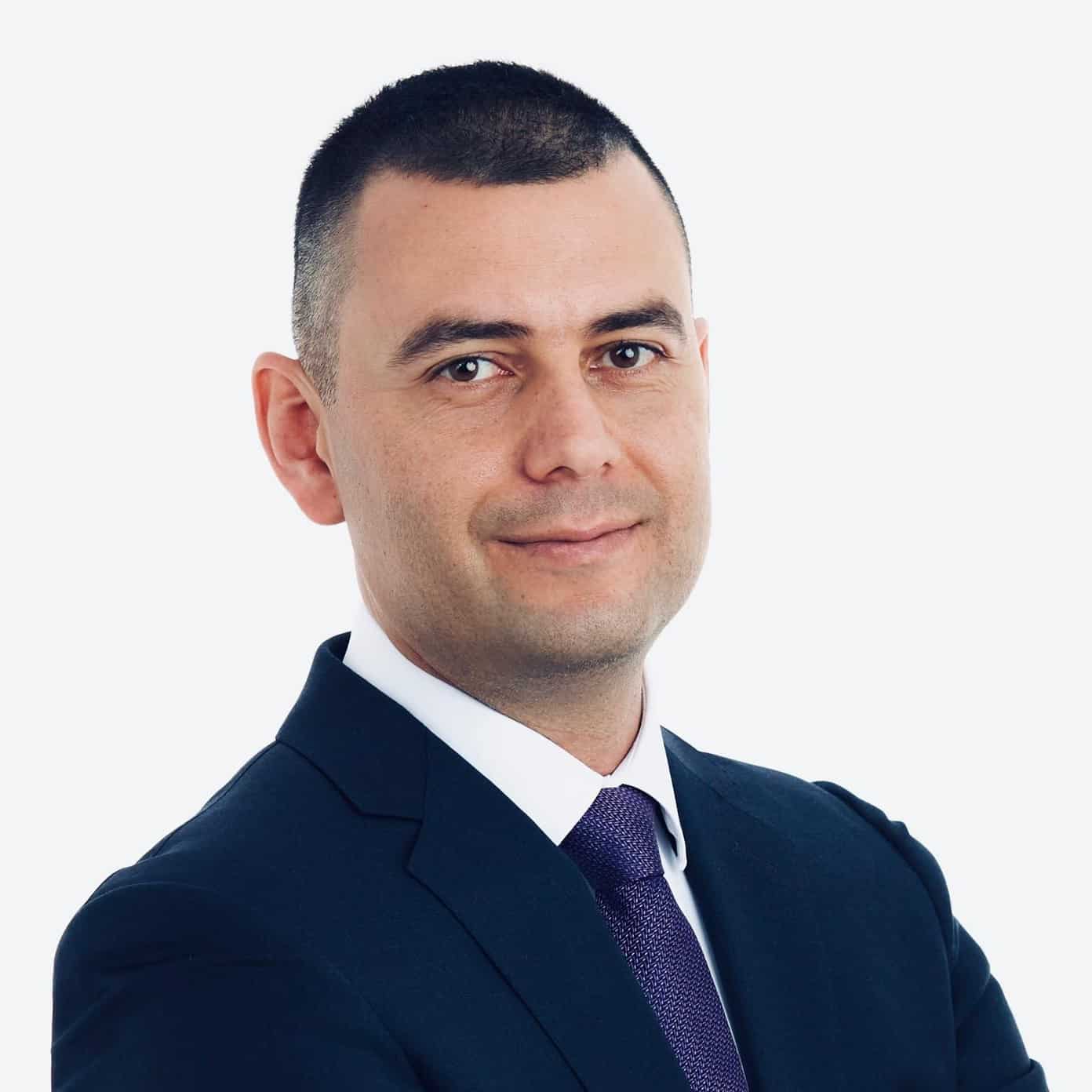Given Iran’s presence in Syria, Israel must employ focused, operative rhetoric and policy versus the strategic threats it faces.
The United States will not remain in Syria. This is a fait accompli, despite all the postponements to date. Therefore, it is better for Israel to come to terms with the process, not only because it is inevitable, but because it is also likely to offset damage and may even serve Israeli interests by strengthening the central Syrian government so that it is better placed to face external influences, particularly Iran.
Against this backdrop, the “trick” employed by US officials in order to persuade President Trump to leave behind a small contingent of troops, claiming that it would keep Syrian oil reserves in the east of the country under the control of the Kurds, and possibly US oil companies, may prove to be a failure, given the restrictions imposed by international law on an occupying force utilizing the natural resources of an occupied zone. On top of that, eastern Syria is not an attractive destination for international energy companies, who prefer to avoid conflict zones.
Given this, why is the US, especially the administration officials, insisting on taking this path of trial and error through the maintaining of a small or reduced military presence in Syria? According to the official American line, it is a vital step to prevent the resurgence of ISIS. However, since ISIS has already been defeated, as President Trump has often said (“We have eliminated 100% of the caliphate”), the area could have been handed back over to the Syrian government, thus bringing an end to US involvement in the country. The significant efforts put in to persuading the president to leave troops on the ground, particularly in the oil-rich district of Deir el-Zour, indicate that the Americans have broader goals in mind than the defeat of ISIS. So what are those goals? According to statements by senior US officials, there are two main objectives:
- Keeping the Syrian government from accessing the oil reserves and thereby retaining economic leverage against President Assad so that, in turn, he will give in on some of the major issues to arise during the political settlement process (the drafting of the constitution, the election process and participation in it, election oversight, etc.) thereby ultimately bringing about the end his rule.
- Preventing the Iranians from taking control of eastern Syria and thereby thwarting the establishment of the land bridge, blocking Iran from taking control of the oil reserves in the east, and even persuading it to exit the Syrian arena by applying continuous pressure on Syria.
Ostensibly, these are goals that justify the efforts to buy time with President Trump and achieving them could boost US influence in the region and improve Israel’s geo-strategic position versus its regional adversaries. However, a careful examination of matters, and from a different perspective, may lead us to reach the opposite conclusions.
The Syrian regime led by President Assad will not capitulate in the face of economic pressure when it comes to the political process – be it through the international Western-backed Geneva talks or through the Astana channel led by Russia, Turkey and Iran. Moreover, the denial of access by the US to most of the oil reserves and the intensification of its sanctions against the Syrian regime will not compel the Syrian population to take to the streets demanding political change.
An important lesson learned from the last eight and a half years of war in Syria is that this is a regime that can deal with unprecedented domestic and external pressures. Even when tens of thousands of jihadists and Islamist rebels, supported by the Western powers and most of the countries of the region, effectively blockaded the majority of the exits from Damascus and were poised to infiltrate the heart of the city (see the Battle of Damascus 2012-2018), the regime refused to yield politically and continued to fight, almost without pause, until it succeeded in conquering all of the outskirts of Damascus.
In the minds of regime officials, any concession made in leading the internal political process in Syria would be perceived as a slippery slope liable to lead to their removal from power, the collapse of the regime, and the placing of its socio-political base in existential danger once again.
In light of this, the Syrian regime would prefer to wait and maneuver, together with its Russian and Iranian allies (and other regional and international players who are no longer convinced that there is a better alternative to the existing regime) within the political process, rather than wave a white flag in the face of economic pressure. It is also important to note that the economic pressure led by the US is exacerbating the plight of ordinary Syrian citizens. (In this context it is worth mentioning that according to all existing statistics, more than 70% of the Syrian citizens who have remained in Syria live under the regime’s control and prefer it to the thriving democracy in Idlib led by “Hayat Tahrir al-Sham,” one of Al-Qaeda’s affiliates in Syria). Moreover, the escalation of sanctions increases the average Syrian’s dependence on the central regime, since it has succeeded and continues to succeed in providing citizens with the minimum they need to carry on with their day-to-day life.
The Syrian regime is still the largest employer in Syria. It ensures that its employees are paid their salaries in a relatively timely manner, and it provides basic education and health services. If these ordinary residents choose to take to the streets and call once again for the overthrow of the regime, their daily survival in terms of the meeting of their basic needs will be put at risk. Therefore, the policy of economic pressure that the neo-conservative US administration prides itself on does not weaken the Syrian regime, but in fact achieves the opposite result by fueling Syrian residents’ dependence on it.
In terms of the Iranian component of US policy in eastern Syria, here too the effect is the reverse of the one intended. Firstly, it should be emphasized that denying the Syrian regime access to the oil in eastern Syria only maintains its dependence on Iranian oil and on continued Iranian supply – whether by sea or by land through Iraq – thereby sustaining the flow of cash to regional pro-Iranian entities, especially Hezbollah. In addition, the policy’s focus on Iran bolsters Iran’s determination to maintain its grip on Syria and intensify the threat it and the forces loyal to it present in Iraq and among the tribes in eastern Syria as a means of creating mutual deterrence versus the US and its Kurdish allies.
Regarding the threat that the Iranians will indeed take control of the oil fields and establish a land bridge through eastern Syria: Addressing the latter point first, the land bridge already exists, as does the air bridge that has been in operation for many years. The land bridge exists because between Abu Kamal and al-Tanf there is a considerable geographical area through which weapons can be transferred, as has occurred more than once over the last year. The deployment of the Syrian army (with Russian backing) in the necessary numbers is not possible, as these forces are required for massive deployment in the unstable area of Idlib and in southern Syria, as well as in northeastern Syria.
As long as there is fighting in several areas at the same time and as long as international forces continue to face challenges in eradicating extremist terrorist groups from entire areas, as has been evident in Idlib, the Syrian army will not be able to deploy in the numbers required to make the Iranian role in the area along the land border with Iraq redundant.
With regards to who will control the oil fields, in all likelihood the Syrian regime will try to regain control of the country’s natural and energy resources, as was the case prior to 2011. The regime is also likely to seek cooperation from international companies interested in an energy partnership.
In this context, it would not be unreasonable to assume that the Syrian government would prefer cooperation with Russian companies (inter alia as a means of repaying Russia for its massive aid throughout the war) and possibly even Chinese ones. This is due to the greater added value that these corporations (who, unlike Iranian companies, are not subject to comprehensive international sanctions) offer in the context of the rebuilding of Syria, both in terms of their development capabilities and in terms of their connection to the international economic system.
Given all the above, the Americans, led by President Trump, are likely to see the light and drop their support for maintaining troops in eastern Syria. Moreover, it should be taken into account that as time goes on (especially in an election year), the president’s isolationist tendencies will amplified – partly due to electoral considerations but also as a result of the general fatigue felt by the American public regarding wars and conflicts in the Middle East. Furthermore, it is not unlikely that over the coming year several forces on the ground, from pro-Iranian militias to the remains of the “Islamic State,” will take action to target American forces and expedite their departure.
What about Israel and its policies? There are two main policy alternatives Israel can adopt. It can maintain the status quo and align itself with what US administration officials have determined is necessary to create the conditions for regime change in Syria, or it can acknowledge the reality that the current policy is resting on shaky ground, to say the least, and try and mitigate the damage and negative consequences ensuing from it. This includes Israel being portrayed as a supporter of armed groups (especially in southern Syria) and of Western efforts to overthrow the regime.
Because the US is expected to continue the process of pulling its troops out of Syria (whether it takes two months or two years depends on how long President Trump gives the current experiment to succeed), it is better for Israel to help navigate the US withdrawal while setting itself realistic targets.
In this regard, Israel should begin to employ focused, operative rhetoric and policy vis-à-vis the strategic threats it faces due to the Iranian presence in Syria (which, it must be remembered, has endured since the 1970s and is not limited to recent years), and not in absolute terms of ending Iran’s presence there. Simultaneously and no less importantly, Israel must try to use its leverage with the US in order to lessen American resistance to the continued campaign to purge Idlib (which is ruled by numerous radical Islamist groups similar to ISIS in their ideology) as well as to encourage a total, but gradual, withdrawal of US forces from Syria in coordination with Russia. These steps may hearten Moscow to deploy Russian military forces along the Syrian-Iraqi border together with the Syrian army, instead of Iran.
At the end of the day, from the Israeli perspective, the return of the Syrian regime to all of the territories of Syria and a swift military defeat on all of the remaining fronts are what will – gradually and over time – reduce Damascus’s dependence on Tehran and thereby diminish Iran’s influence in Syria. Furthermore, this approach may serve the interests of the two presidents – Trump, who is fed up with being embroiled in the Middle East, and Putin, who is seeking to bolster the central regime in Damascus.
This is the most realistic vision that one can to aspire to today, in the circumstances that have been created after more than eight years in which the Western world has tried to re-engineer, in a manner disassociated with reality, Syrian society and politics.
JISS Policy Papers are published through the generosity of the Greg Rosshandler Family.
photo: Bigstock



 - בניית אתרים
- בניית אתרים